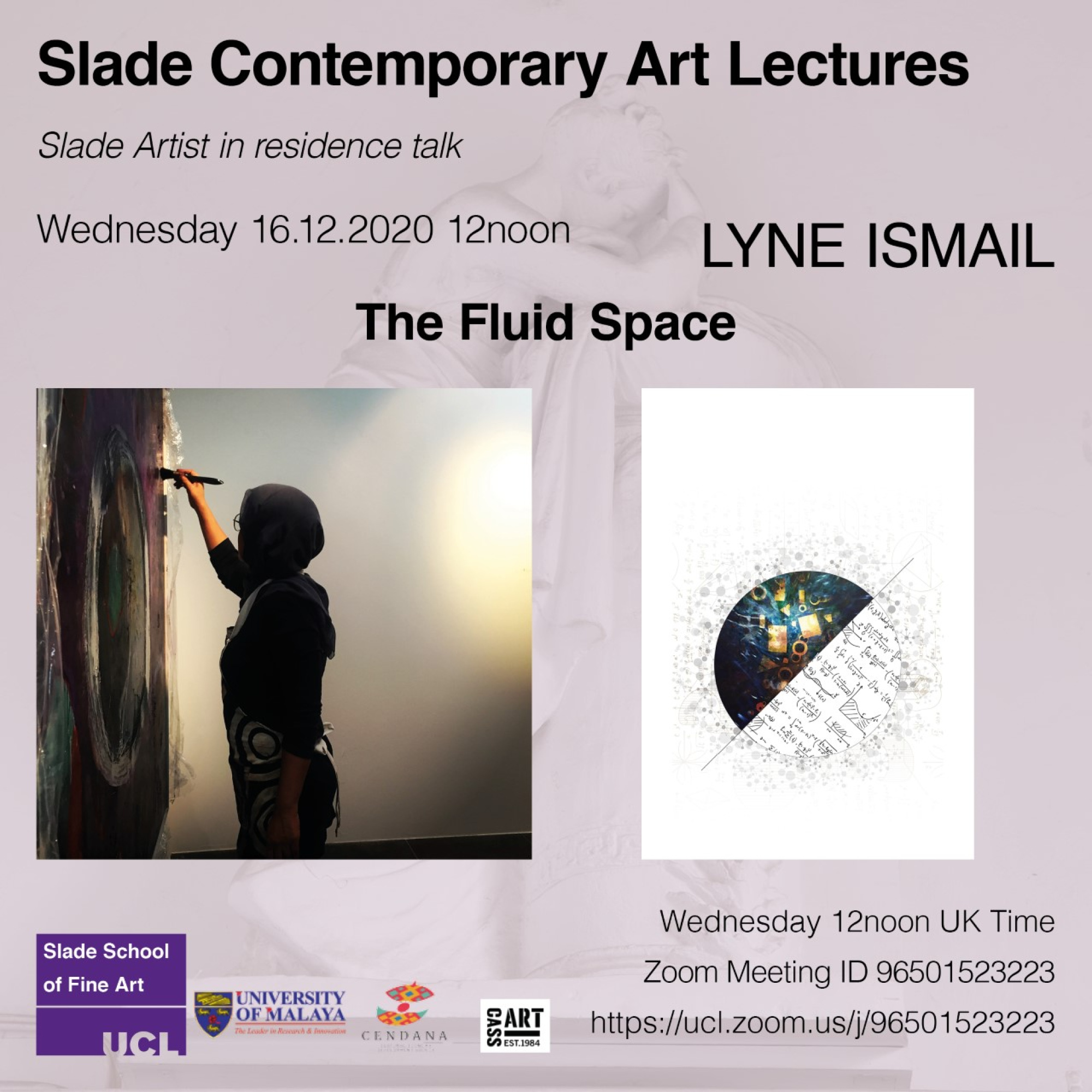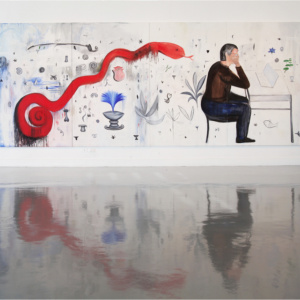Lyne Ismail: Slade Artist in Residence
The Fluid Space
Lyne Ismail has always been fascinated with the dual conceptions of art and science and how they influenced one another.
Featured Media

The Fluid Space
Lyne Ismail has always been fascinated with the dual conceptions of art and science and how they influenced one another. She found that creating art provides avenues for her to express creatively and a safe space for experimentation and exploration over new possibilities. Her art speaks for her ideas and views of abstraction, a visual language that she believes are most suitable to highlight the points of correspondence between her intuition and logic. Currently, her paintings come in different series that communicates her ideation on the concepts of birth, the existence of parallel worlds, and the beauty of micro landscapes of the seemingly mundane surface. She believes that in relaxing the structured criterion that requires one on one mapping, art and science are able to correspond in non-literal and imaginative analogies creating the in-between space that thrives in mystery and ambiguity.
"As an artist in residence at the Slade, I was given the opportunity to explore different space and opportunity to live and work outside of my usual environments. I took this as a time to reflect, research, or produce work. Although it was such a short stint, I was able to make the most of time by delving right into the making process by putting aside my inner apprehension of working in a space so public and exposed such as at The Rotunda. Coming from a different knowledge discipline and starting my art journey late in my life, I always question how to situate myself in this new intangible world. I was trained to think logically and rationalising through empirical data and took it as reality. I found that immersing myself in the process of art-making creates the in-between space that thrives in mystery and ambiguity. My art speaks of my ideas and views of abstraction that converges the similarities of reductionisms in both science and art. In relaxing the structured criterion that requires one on one mapping, I realised that art and science are able to correspond in non-literal and imaginative analogies that creates a safe space for experimentation and exploration over new possibilities."
